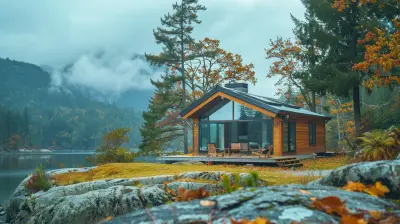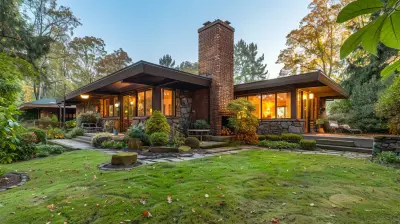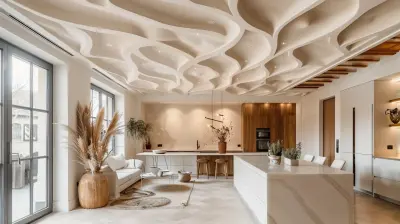Maximalism is Back: How to Get it Right in Your Home Décor
25 July 2025
Minimalism had its time in the spotlight, but now, maximalism is making a bold comeback. Forget about blank walls and sparse furniture—today, it’s all about vibrant colors, statement pieces, and eclectic layering. But before you go overboard, there’s an art to getting maximalism right.
So, how do you achieve that perfect balance between lively and overwhelming? Let’s dive into the world of bold design and find out how to bring maximalism into your home the right way. 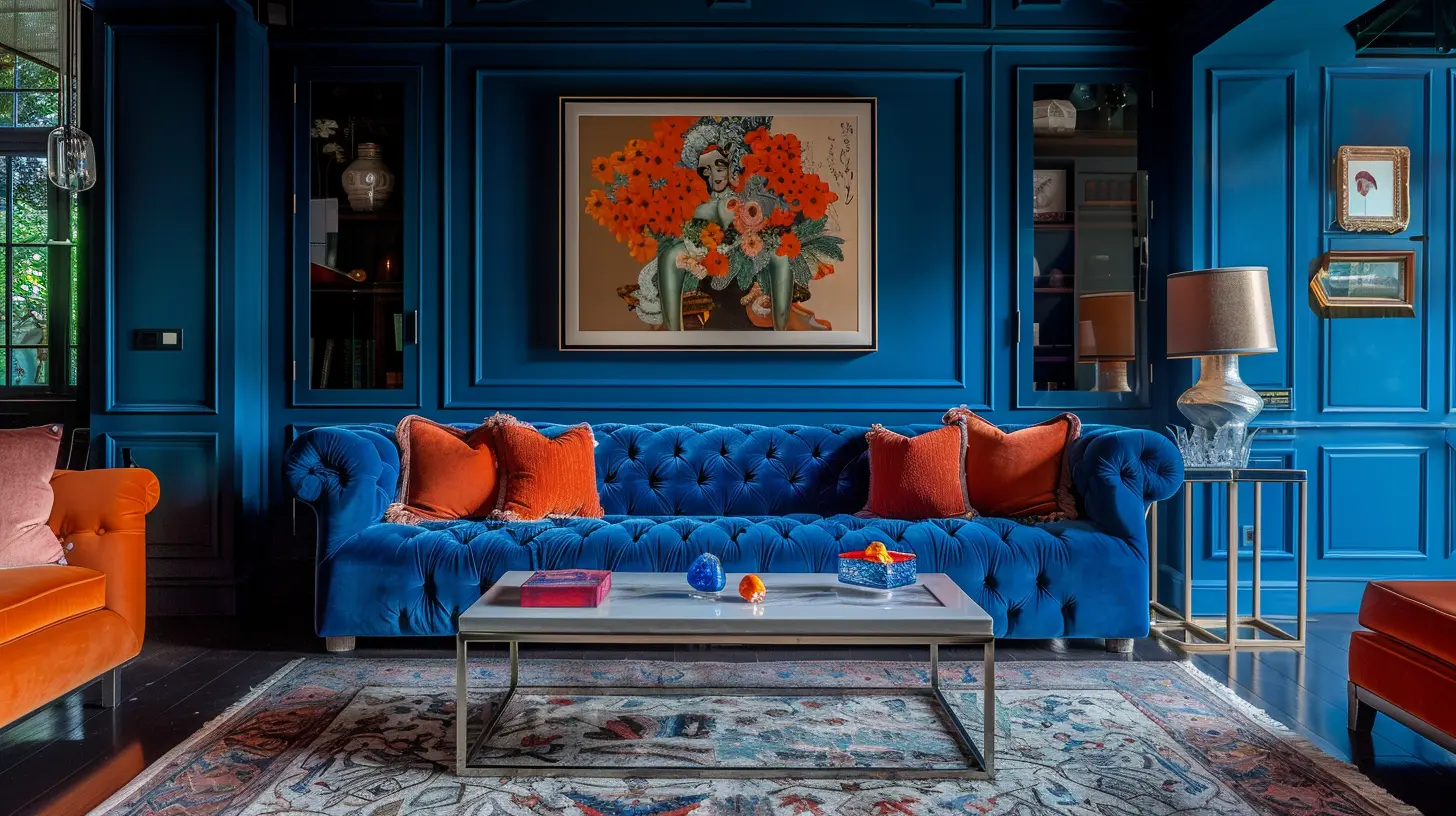
What is Maximalism?
Maximalism is the opposite of minimalism—it's all about abundance, personality, and creativity. Think bold colors, mixed patterns, layered textures, and curated collections. But don’t mistake it for cluttered chaos. True maximalist design is intentional and cohesive, blending different elements in a way that feels dynamic yet harmonious.It’s not just about filling space; it’s about telling a story. Every piece has a purpose, and the overall look should feel like a reflection of your personality. 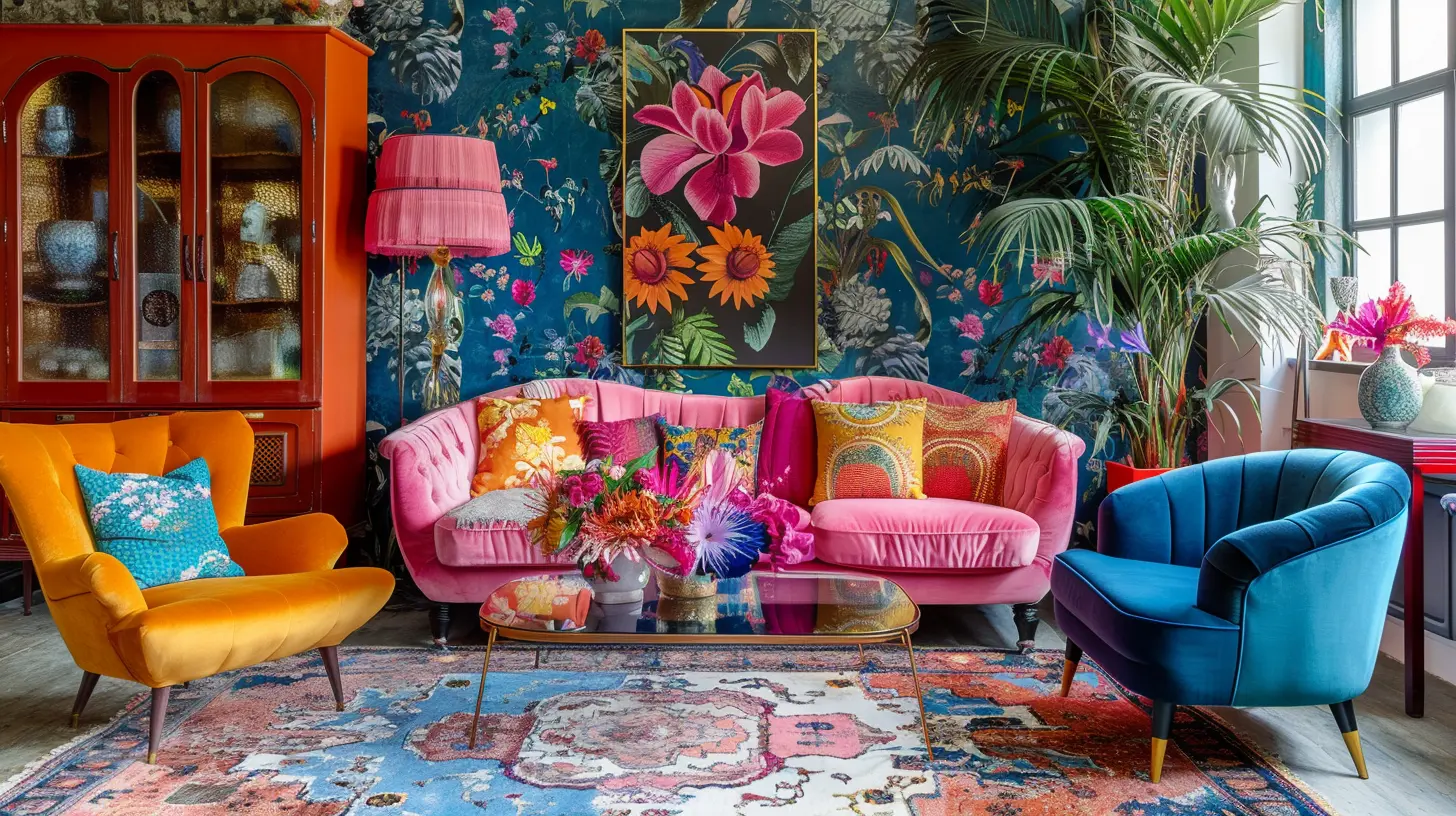
How to Get Maximalism Right in Your Home
Bringing maximalism into your home doesn’t mean piling on everything you own. It requires thoughtful curation and balance. Here’s how to do it right:1. Start with a Strong Color Palette
Maximalist spaces often feature bold, vibrant colors, but that doesn’t mean every color under the sun should be in your space at once.✔ Pick a dominant color that ties everything together.
✔ Use complementary or contrasting shades to build depth.
✔ Bring in metallics and neutrals to keep things balanced.
Think jewel tones like emerald green, sapphire blue, or deep burgundy. These rich colors create a luxurious feel without overwhelming the senses.
2. Embrace Statement Pieces
Maximalism is about making a statement, and eye-catching furniture or décor is the best way to do it. A dramatic velvet sofa, an oversized chandelier, or a striking piece of art can serve as the focal point of your room.When incorporating statement pieces:
✔ Choose items with bold shapes, intricate details, or unique textures.
✔ Mix modern elements with vintage finds for a curated look.
✔ Don’t be afraid to go big—maximalism thrives on drama and personality.
3. Layer Patterns & Textures Like a Pro
Mixing patterns can be tricky, but in a maximalist space, it’s essential. To pull it off:✔ Pick a unifying color that runs through all your patterns.
✔ Contrast large-scale prints with smaller, intricate designs.
✔ Use a variety of textures—velvet, silk, jute, marble—to add depth.
Floral prints, geometric shapes, and even animal prints can work together when balanced correctly. Think of it like fashion—pairing the right patterns is like putting together a stylish outfit.
4. Incorporate Art & Collectibles
Maximalism is deeply personal. Your space should reflect your interests, passions, and memories. Art, books, and unique collectibles bring a space to life.✔ Hang oversized artwork or an eclectic gallery wall.
✔ Display collected treasures, whether vintage finds or travel souvenirs.
✔ Blend old and new pieces to give your space character.
When displaying items, arrange them intentionally—group objects in odd numbers and vary heights for a more dynamic look.
5. Create Cozy, Lived-In Spaces
Maximalist spaces should feel comfortable and inviting, not cluttered. The key to a cozy maximalist home is layering.✔ Add plush textures with throw blankets, fluffy rugs, and soft pillows.
✔ Use ambient lighting—table lamps, floor lamps, and candles add warmth.
✔ Include plenty of seating options to encourage relaxation.
Your home should feel lived in and welcoming, not like a museum of excess. Every item should serve a purpose, whether it’s functional or purely aesthetic.
6. Mix Old and New for Depth
One of the best aspects of maximalism is the ability to blend different eras and styles. Don’t be afraid to mix antique furniture with modern accents or pair a sleek sofa with a vintage rug.✔ Combine different design periods—mid-century modern chairs with a Victorian mirror.
✔ Repurpose and upcycle—give old furniture a new life with bold paint colors.
✔ Add global influences—Moroccan rugs, Asian ceramics, or French chandeliers bring unique flair.
Mixing styles makes your space look curated, not chaotic.
7. Let Nature Play a Role
Plants are a must in a maximalist home. They add organic texture, color, and freshness to balance all the bold elements.✔ Use large leafy plants like monstera, fiddle leaf fig, or palms.
✔ Incorporate smaller plants in decorative pots for added detail.
✔ Hang trailing plants—pothos and ivy look stunning cascading from shelves.
Not only do they bring life to your space, but they also create a sense of balance and tranquility.
8. Don’t Forget the Ceiling & Floors
Maximalism doesn’t stop at furniture and walls. Ceilings and floors are often overlooked, but they’re prime spaces to add character.✔ Wallpaper or paint the ceiling in a bold color or intricate pattern.
✔ Choose statement rugs that enhance your overall design.
✔ Experiment with decorative tiles or inlaid wood flooring.
This extra attention to detail elevates your space, making it feel truly unique from top to bottom.
9. Create Organized Chaos
Maximalism isn’t about being messy—it’s about curated abundance. Keep things visually interesting without looking disorganized.✔ Use bookshelves and cabinets to display items attractively.
✔ Incorporate decorative trays and baskets to keep small items tidy.
✔ Designate focal points so the space doesn’t feel overwhelming.
Think of it like music—imagine a perfectly orchestrated symphony of colors, patterns, and textures instead of random noise. 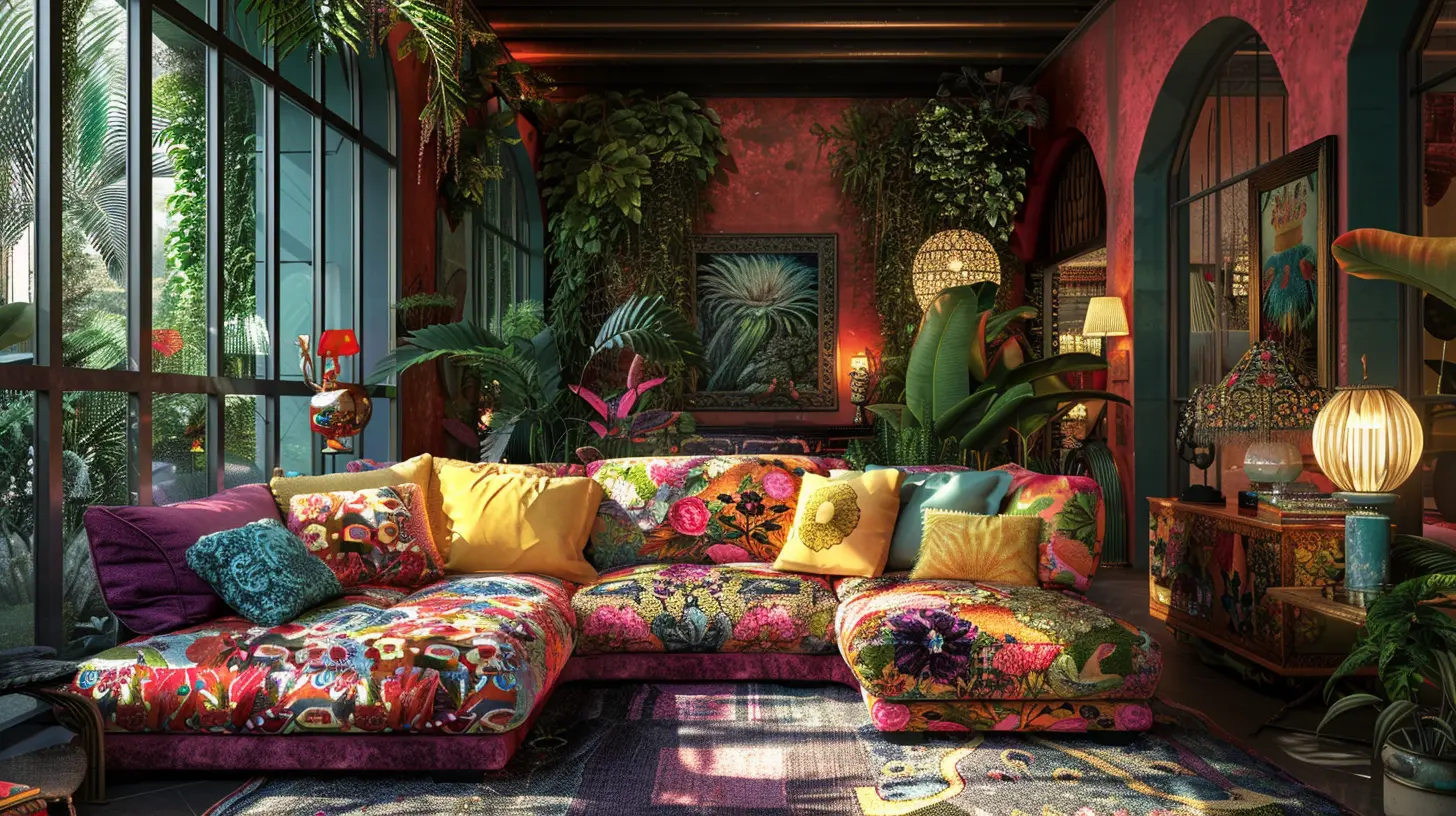
Maximalism vs. Clutter: Knowing the Difference
There’s a fine line between maximalism and clutter. So how do you know if you’re getting it right?✔ Every piece should add value—whether aesthetic or sentimental.
✔ There should be a flow—patterns, colors, and textures should feel connected.
✔ Maintain functionality—your space should still be comfortable and livable.
Maximalism is about curated aesthetics, not hoarding. Keep refining until you find that perfect balance. 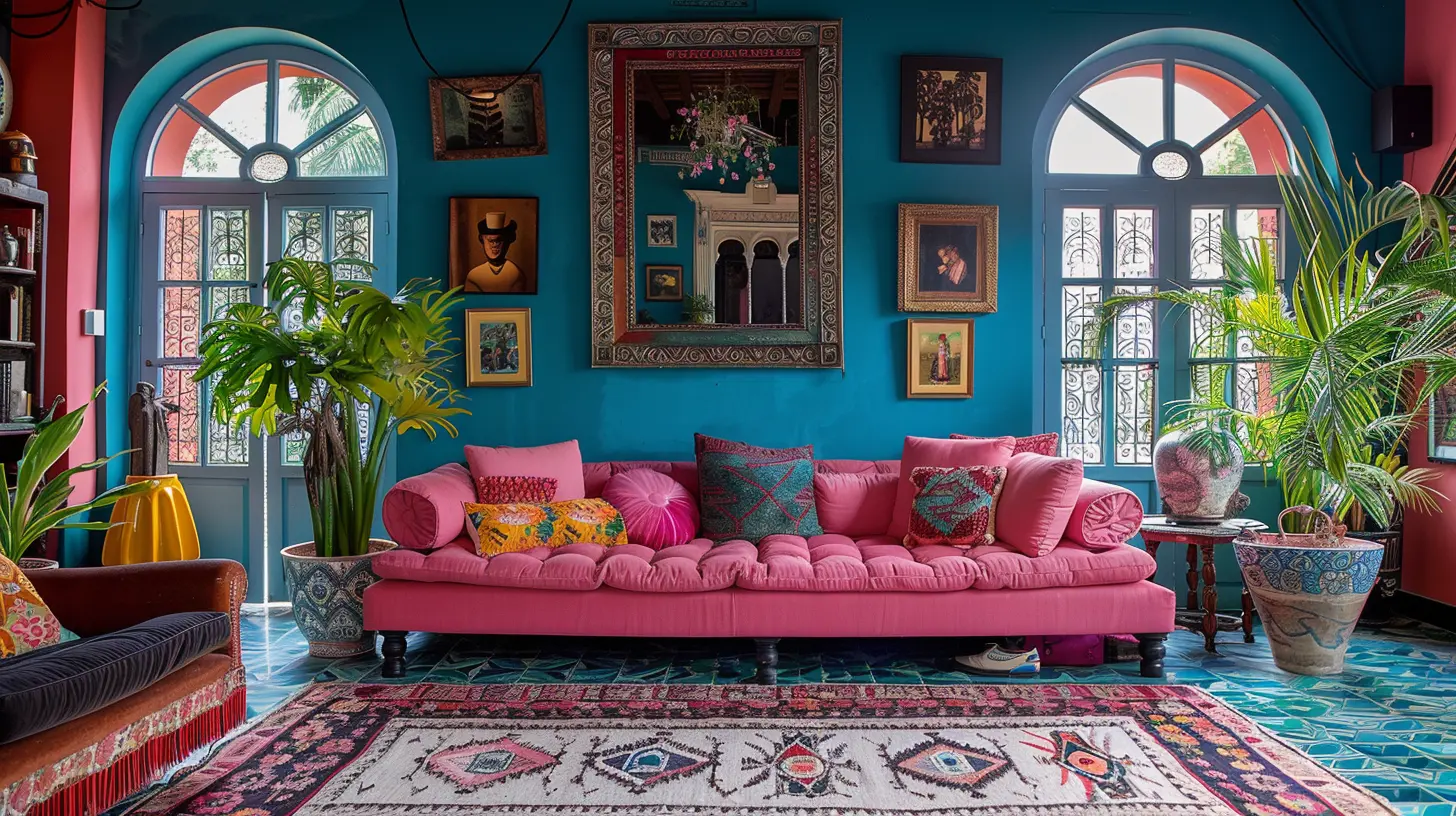
Final Thoughts
Maximalism is more than just a trend—it’s a celebration of bold, unapologetic self-expression. It’s about surrounding yourself with things you love and crafting a space that feels full of life and personality.If minimalism felt too cold or restrictive for you, it’s time to embrace the joy of abundance. Take risks, mix styles, and layer textures. Done right, maximalism transforms your home into a vibrant, visually exciting masterpiece.
all images in this post were generated using AI tools
Category:
Home Design TrendsAuthor:

Kingston Estes
Discussion
rate this article
1 comments
London McDermott
Maximalism celebrates bold choices! Embrace vivid colors, eclectic patterns, and personal touches to truly reflect your unique style. Go for it!
August 4, 2025 at 12:09 PM

Kingston Estes
Absolutely! Maximalism is all about self-expression—let your creativity shine through with vibrant colors and diverse patterns that showcase your individuality. Embrace the chaos!
